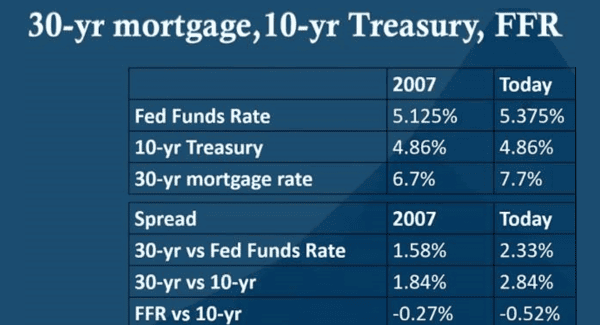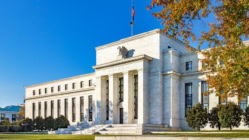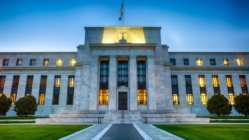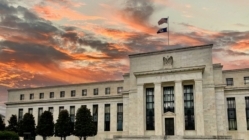Rates hit a new record high today, as the 10 Year Treasury hit levels not seen since 2007, and mortgage rates are back to 2000’s peak levels.
This is not too much of a surprise, given that even recession hawks predicted that rates would continue to climb before falling.
In response to this I have 5 words: Temp O Rary Buy Downs
Fascinating 2007 Comparisons
I often point out how 2007 seems to resemble 2023 in so many ways.
In 2007, we had just gone through a 4%+ increase in the Fed Funds Rate by the Fed; the economy was showing clear signs of weakness; the labor market was still holding up; and Fed officials were telling us that a soft landing was on the way, and that everything would be just fine… And then:
BOOM! – biggest recession in history.
Barry Habib shared an excellent “2007 vs. Today” comparison in his morning update, and I shamelessly stole his chart for my blog (I might note that Barry encourages subscribers to share his info, and I am probably the only subscriber who actually attributes the info to Barry).
Anyway, Barry’s chart is fascinating for several reasons.
- Even though the Fed Funds Rate (that the Fed has been increasing so much) is higher today by a 1/4%, today’s 10 Year Treasury Yield is about the same. The reason for this is because bond investors expect rates to be lower in the future (more so than they did in 2007). So, this number alone is very telling, given that bond investors (as opposed to stock investors) tend to represent the “smart money.”
- Today’s mortgage rates are 1% higher than in 2007! This is particularly interesting, given that the Fed Funds Rate is only a bit higher today and that 10 Year Treasury Yields are about the same (they have climbed a bit since Barry made his chart this morning). So the “spread” between the 10 Year Treasury and mortgage rates is a full 1% higher than it was in 2007 – which is a major reason rates are so high today in general. The reason for this is that investors perceive mortgages or mortgage-backed securities as riskier and less liquid than they did in 2007 – so there’s less demand for mortgages than there was in 2007 relative to 10 Year Treasuries.
This is especially interesting given that the overall supply of 10 Year Treasuries is far greater today. Jeff Snider might point out that this demand for 10 Year Treasuries, despite the enormous supply, is a sign that the world is moving to liquidity/better collateral en masse to get ready for a much weaker economy ahead.

Huge Crack In The Labor Market!
There is a law that requires large employers to give a 60-day notice to employees if they intend to close a plant/factory with 50 or more employees. Barry Habib pointed out today that these notices have surged to levels we have not seen in years – implying that jobless claims will likely surge in weeks to come too. Given how closely the Fed follows the labor market, a surge in jobless claims will definitely result in falling rates.
Sign up to receive our blog daily
























